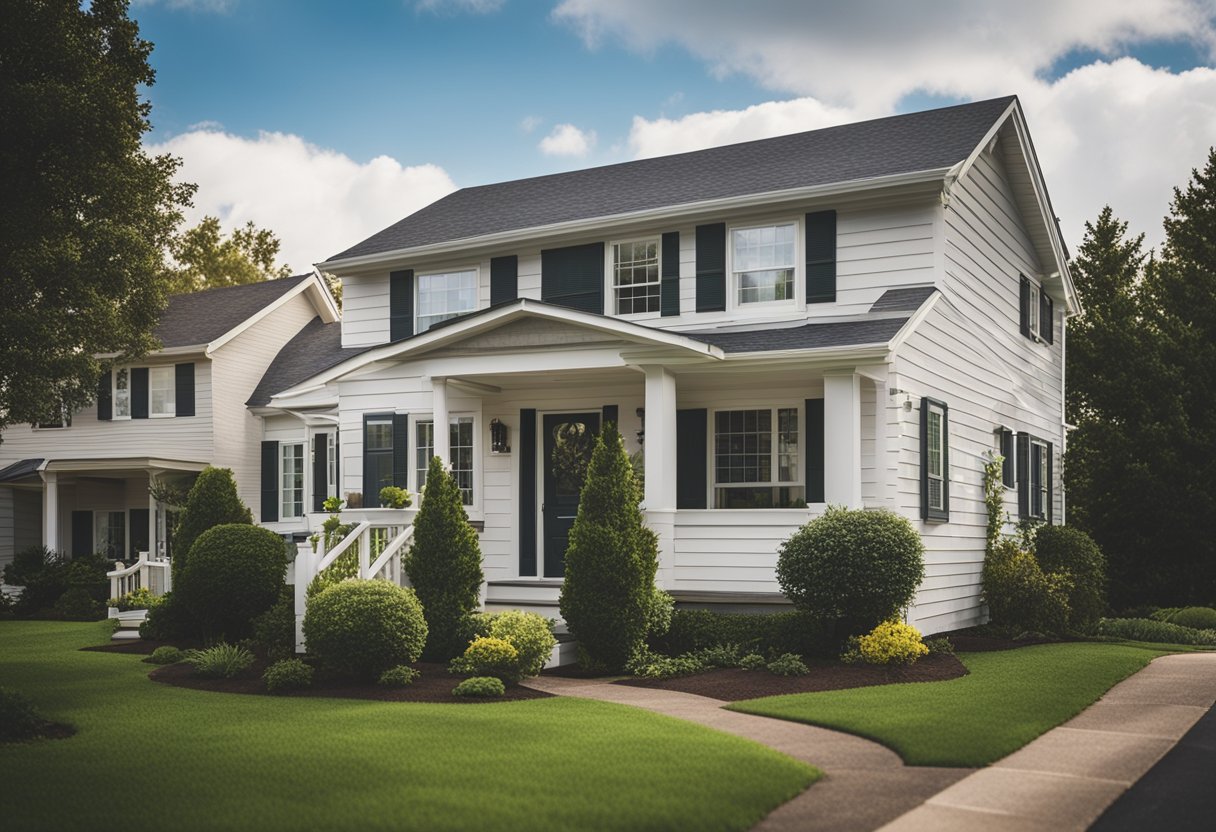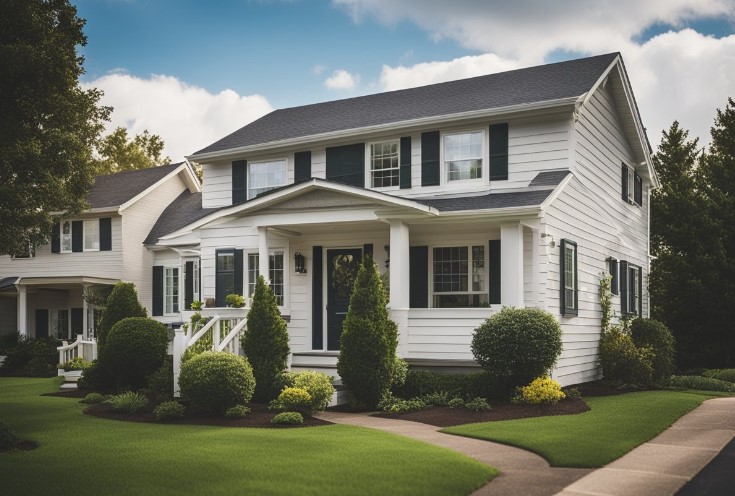When owning rental property, keeping a firm grip on maintenance costs is crucial for maximizing profitability. On average, landlords should expect to allocate about 1% to 2% of the property's value annually for maintenance. For instance, a property valued at $300,000 would require a budget of $3,000 to $6,000 each year.
It's important to remember that these costs can vary greatly depending on factors such as property age, location, and tenant turnover rate. Older properties may demand more frequent repairs and upgrades, while newer buildings might incur fewer expenses. Tenant turnover, too, can lead to additional costs like repainting and cleaning.
Regular preventative maintenance can also help in mitigating unexpected expenses. Routine checks and timely repairs ensure that small issues don't escalate into major problems, saving both time and money in the long run.
Average Maintenance Costs for Different Rental Property Types
Maintenance costs vary significantly depending on the type of rental property. Here, the specifics of maintenance costs for single-family, multi-family, and commercial properties are covered, providing valuable insights for property owners.
Single-Family Rental Properties
Single-family rental properties typically incur maintenance costs that range from 1% to 4% of the property's value per year. The costs include general repairs, landscaping, HVAC inspections, and minor renovations.
General Repairs: Repairs can include fixing plumbing issues, repainting walls, or replacing broken fixtures.
Landscaping: Regular upkeep such as lawn mowing, tree trimming, and garden maintenance is needed.
HVAC Inspections: Annual checks and maintenance of heating and cooling systems are crucial for avoiding major breakdowns.
Labor for these services can be costly, especially in urban areas.
Multi-Family Rental Properties
Multi-family rental properties have different maintenance needs compared to single-family homes. Costs are often shared across multiple units, making some expenses lower per unit but higher in total.
Shared Amenities: Maintenance of common areas like lobbies, elevators, and hallways is required.
Plumbing and Electrical Systems: Larger buildings may experience more frequent issues with these systems due to the higher number of occupants.
Exterior Maintenance: Roof repairs, Exterior Painting In Prescott Valley, and window replacements are necessary to maintain the building’s integrity.
Economies of scale can sometimes reduce costs per unit, but the complexity of managing these properties often necessitates hiring professional services.
Commercial Rental Properties
Commercial properties have unique maintenance needs, often involving different regulatory requirements and specialized services. The cost can be higher due to the scale and specificity of the businesses occupying the spaces.
Safety and Compliance Inspections: Regular inspections to comply with safety codes and standards.
HVAC and Electrical Systems: More robust systems are required to handle higher loads, especially in retail or industrial spaces.
General Upkeep: Includes cleaning services, parking lot maintenance, and periodic upgrades to remain competitive.
The complexity and specialization of services typically lead to higher maintenance costs per square foot.
Key Factors Influencing Rental Property Maintenance Costs

Several elements impact the overall maintenance expenses for rental properties, including the property's age and condition, local climate, scheduled upkeep, and tenant behavior.
Age and Condition of the Property
An older property may have frequent issues requiring repair due to outdated systems, wear and tear, and potential structural problems. For instance, an old roof might demand a roof replacement by a Nashville roofing company.
Newer buildings generally have lower initial maintenance costs but still require regular inspections to prevent minor issues from escalating. Bold attention to detail in early upkeep can mitigate expensive repairs later on. Regular updates to essential systems like plumbing and electrical are crucial.
Local Climate and Environmental Factors
Climate and location play a pivotal role in maintenance costs. Properties in areas with extreme weather conditions face unique challenges. For example, in a region prone to heavy snowfall, roof maintenance is critical to prevent collapse or leaks.
Environmental factors such as humidity can lead to mold growth, demanding frequent inspection and treatment. Properties in coastal regions must combat salt corrosion, affecting everything from plumbing to exterior paint.
Frequency of Scheduled Maintenance and Inspections
Regularly scheduled maintenance and inspections can significantly reduce unexpected repair costs. Consistent checks by professionals ensure small issues don't turn into major, costly problems.
Creating a maintenance schedule, detailing quarterly, bi-annual, and annual inspections. Include services like HVAC checks, plumbing inspections, and roof assessments. Engaging a reliable maintenance service provider, such as a Nashville roofing company, ensures routine tasks are handled professionally.
Tenant Turnover and Use
High tenant turnover often leads to increased wear and tear on a property. Frequent moves can damage fixtures, flooring, and appliances. Additionally, tenants may not treat a rental with the same care as a homeowner would, leading to increased maintenance needs.
Property managers should educate tenants on proper usage and care of the property. Regular walkthroughs help identify and address misuse or damage early. Implementing reasonable lease terms and conducting thorough tenant screenings can mitigate these risks.










